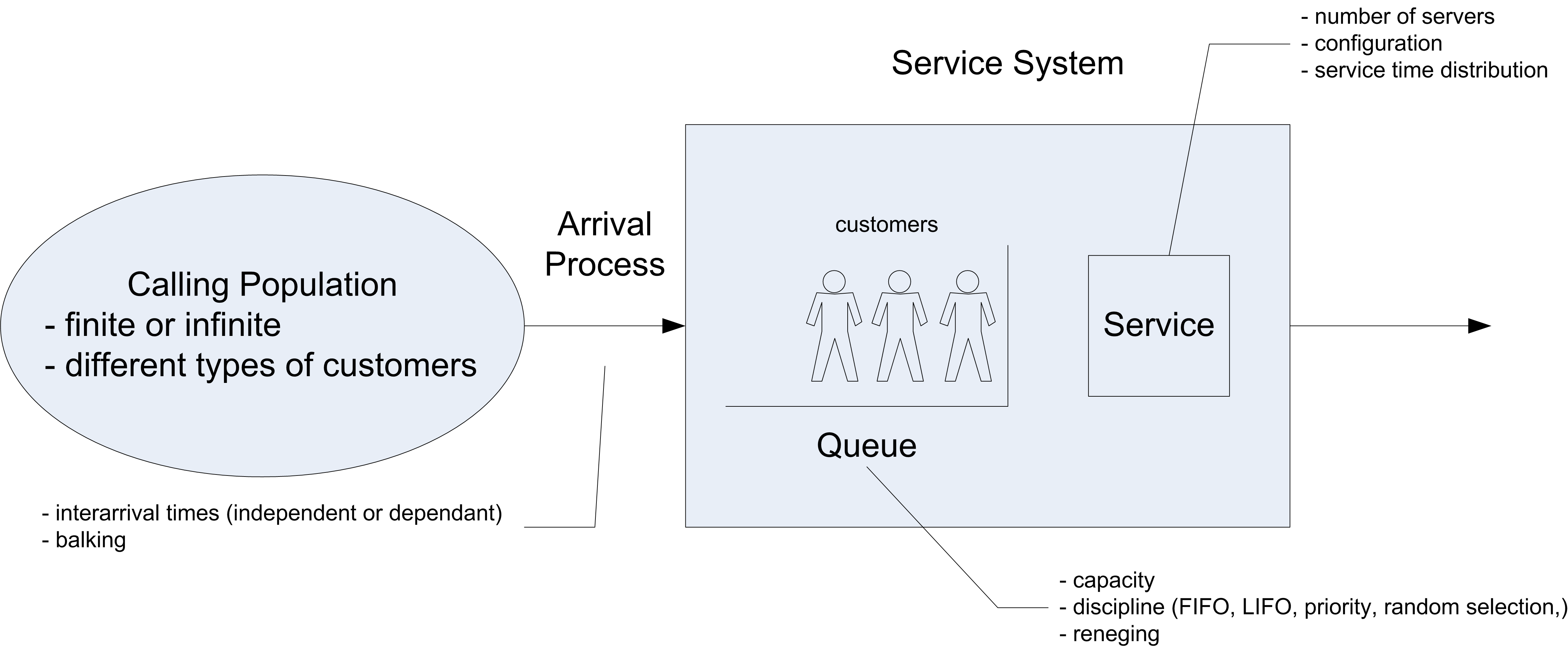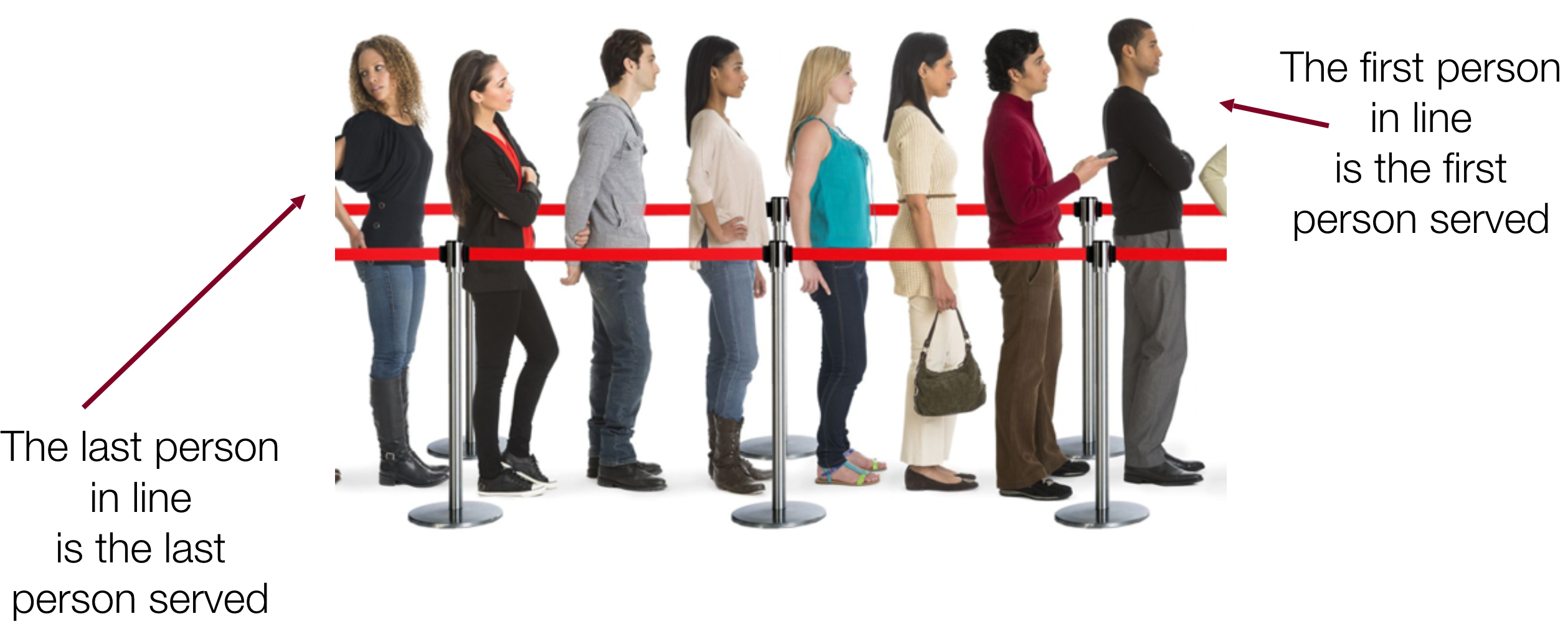

Where queues form in unpredictable locations and/or extend beyond a relatively small queue area, overhead detector based queue measurement systems cannot be effectively used. The number of people entering the storeĪ number of the large UK supermarket chains use such systems for service level and resource management.Īutomatic queue measurement systems for large and unstructured queues.In the event that performance falls towards a minimum service level, in supermarkets or banks management teams can be automatically alerted beforehand, allowing them time to proactively manage the situation. Dashboards, available on a computer monitor or mobile PDA device, are often used to provide a range of information, such as dynamic queue length, waiting time data, and checkout performance on the shop floor. Built-in predictive algorithms can provide advance notice on how many checkouts or service points will be needed to meet demand. They use people counting sensors at entrances and above checkout lanes/queue areas to accurately detect the number and behavior of people in the queue. These use a variety of measurement technologies which predict and measure queue lengths and waiting times and provide management information to help service levels and resource deployment.Īutomatic queue measurement systems for small structured queues Īutomatic queue measurement systems are designed to help managers in two ways – first, through enhanced customer service second by improving efficiency and reducing costs. Solutions such as these improve efficiency within the business and also improve customer feedback surveys.Īutomatic queue measurement systems Solutions that use the customers mobile phone, interact with the customer keeping them updated as to their place in the queue and when ready, call the customer forward for service. Customers who use this technology do not have to join a physical line or wait in a confined area watching LCD screens. Newer technologies such as utilization of a customer mobile phone, allow customers to view queue data and join a queue prior to arriving at the service centre are seen to be more customer friendly. Vorsea Queue Management Display Bank Indonesia Mobile queue, virtual queue, and online queue In the busiest places, physical barriers and guides are used to funnel people into a line as they arrive. This is often the case in some forms of retail, taxi queues, ATMs and at periods of high demand in many situations. Where people form a queue in unpredictable and varying locations and directions. Such systems are used in UK supermarkets, for example, where the addition of a 'host' role or Customer Service Manager may occur.
Queue line systems manual#
A more rudimentary (or in some cases, supplementary) manual element to structured queue management involves the addition of a member of human staff to deliver a system, monitoring structured queue lengths in order to guide people in a queue or to make adjustments to speed up service (e.g. Very often, queue management systems are set up to manage ticket ranking for a service (with or without a numbered ticket) with identification and thus enable a serene and stress-free waiting.Įxtending the different possibilities, planned reception by appointment and remotely rank allocation on or through Short Message Service can also be included.

In the field of facilities management, structured queues are commonly known with different names like "Queue Managers" or "Crowd Controllers" or "Public Guidance Systems". Here people form a queue in a fixed, predictable position, such as at supermarket checkouts, and other retail locations such as banks or airport security. People siting and not lineup anymore, with this better service system, the penetration rate of queue management system is 100% in some industries/countries it is a must have system in these sites. and proceed to the service counter when called, there are no more physical lineup. Most of the Queue management systems are ticket based currently, customers take a ticket when they enter a bank, post office, telcom store etc. The queue management system already developed for decades. What is a queue management system? Ī queue management system is a set of tools and sub-systems assist in controlling customers’ flow, managing the waiting time and enhancing customers’ experience for multiple industries including banking, healthcare, retails, education, government, and telecom. The process of queue formation and propagation is defined as queuing theory. Queues of people form in various situations and locations in a queue area. The screen runs simultaneously with a live video feed and queue updates.Ī queue management system is used to control queues. Queue management system installed at Emirates to guide customers at the counters where their ticket is called.


 0 kommentar(er)
0 kommentar(er)
